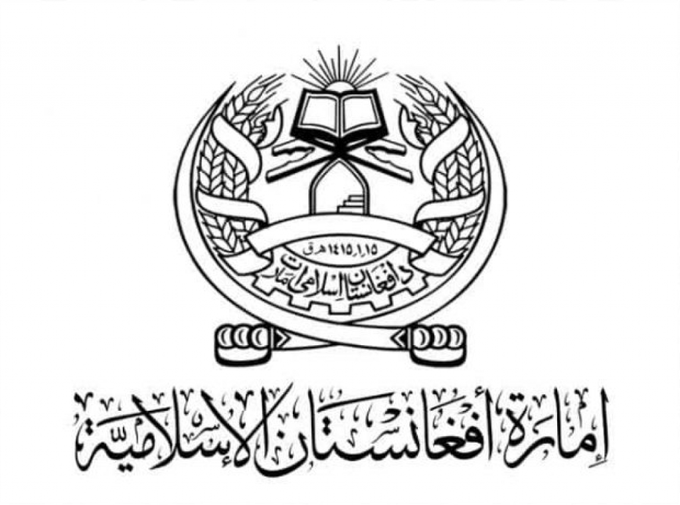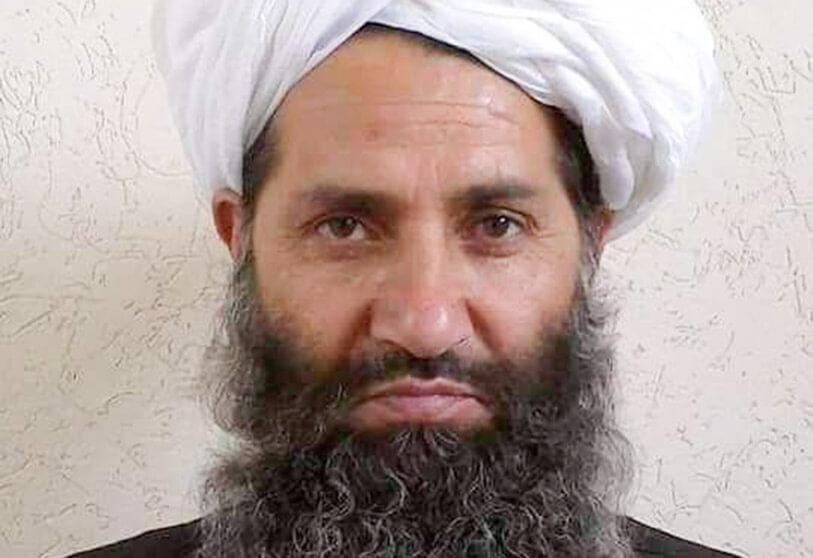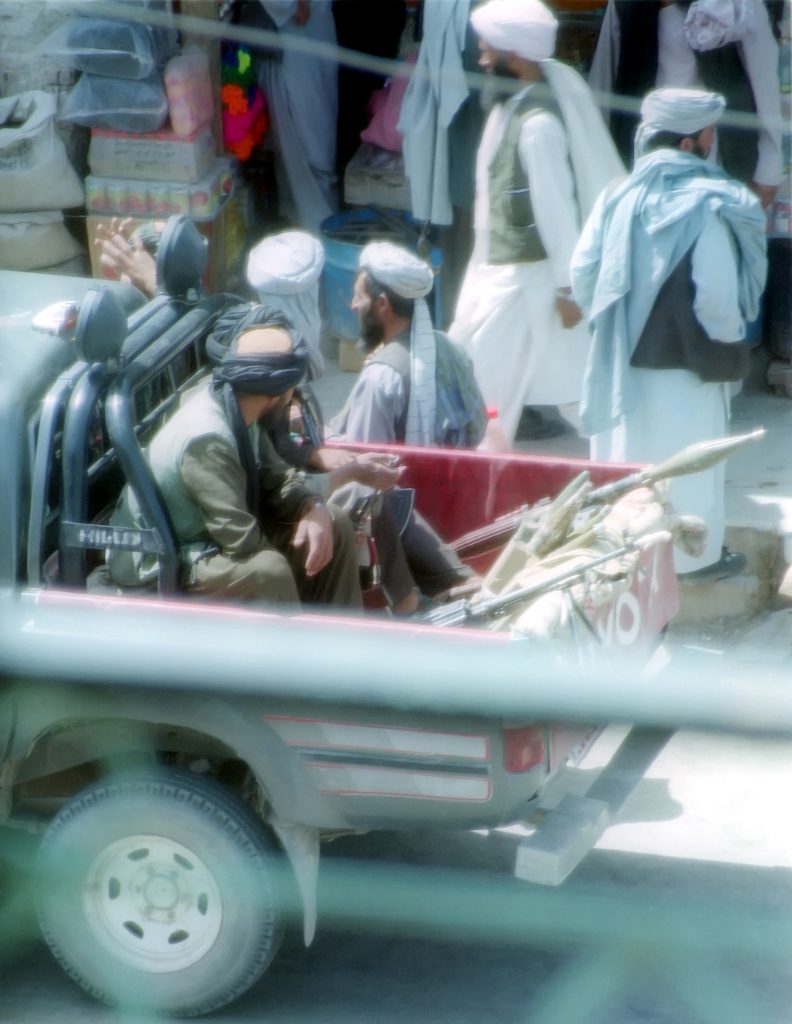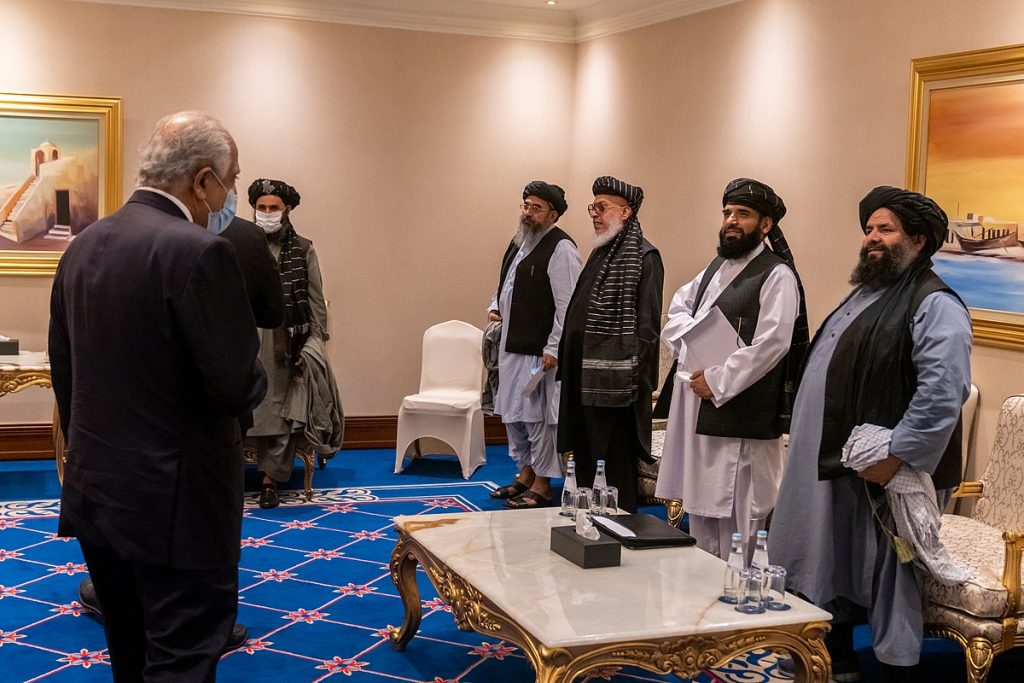In August 2021, the Afghan government collapsed pretty damn hard and fast, officially bookending the 20 year war in Afghanistan by pretty much bringing things back to where they were before, with the old flag and everything. The Taliban’s in charge yet again, as they were from 1996 to 2001. But they’ve changed! So people say. By people, I of course mean the Taliban themselves, but how true is that exactly? Has the Taliban government changed since last time? Well, I’ll not be so arrogant as to suggest I know all the ins and outs of the new government, not even three full months into its creation, but lets take a crack at it anyhow.
So what is Afghanistan now?

As in, the very basics. What’s changed officially about Afghanistan? Most important would probably be the name. Before the collapse of the previous government, Afghanistan was officially known as the Islamic Republic of Afghanistan. As the name suggests, it had a republic system with a lot of its foundations built on a bedrock of Islam, at least in some form. It was democratic in some ways, heavily guided by the US and as is now abundantly clear, was a complete house of cards bogged down by incredible corruption. What’s taken over from that?
Afghanistan is now the Islamic Emirate of Afghanistan, the name of the Taliban government from 1996-2001 and what they continued to style themselves as ever since. An Emirate is territory ruled by an ‘Emir’, which is a high office holder often applied to monarchy rule, but can sometimes just be another word for a governor. Apart from Afghanistan, Kuwait, the United Arab Emirates (duh) and Qatar are also Emirates, though their structures all differ from one-another. The Emirate has granted increased power to its leaders, though has retained signs of the old government such as the old cabinet positions, albeit notably replacing the Ministry of Womens Affairs with the Ministry of Promoting Virtue and Preventing Vice, the old religious police.
The government in power now is claimed as an interim one, currently consisting of a 53 member cabinet mostly made up of appointed Taliban hardliners. There are, however, several figures with only loose Taliban affiliation. The ethnic makeup of the cabinet has been cause for concern for some, being overwhelmingly stacked with the Pashto ethnic group that the Taliban government mostly represents, although there have since been four Tajiks, two Uzbeks, one Turkmen, a Hazara, a Nuristani and a Khwaja. Completely absent from the cabinet are any women, or indeed members of the old government, something the Taliban had previously hinted towards allowing a place in the government.
Taliban Government Leadership

The new Taliban government supreme leader is a man called Hibatullah Akhundzada, known as ‘Commander of the Faithful’ and following in the footsteps of the old leader Mullah Mohammad Omar. Notably, the new emir has not been publicly seen for some time, leading to questions of his health or if the government is perhaps waiting for the ongoing conflicts to settle down. Most power is vested in his authority, similar to the Ayatollah’s position in the Iranian government, though there is Hasan Akhund as the Taliban government’s prime minister, with a further three vice-prime ministers to aid in that position.
Despite the large cabinet, it’s been argued that their actual power is next to non-existent. While the cabinet is seated in Kabul, the emir is seated in the Taliban government heartland of Kandahar, along with the Rahbari Shura (leadership council), which is a council of around 30 members that oversees the cabinet, appoints their position and votes on a new emir if the current one were to die. In this sense, even the fairly hardline cabinet it still only an illusory gesturing towards government inclusivity while the main authority is with figures who’ve led the Taliban for years and have little or no experience in state-management.
This all plays into an attempted balancing act the Taliban are now walking in trying to keep as many people on their side as possible. With other armed groups like ISIS-K gaining traction in a growing anti-Taliban insurgency, there’s a push to accommodate both moderates and hardliners at once to prevent fragmentation of the loosely aligned movement into rival factions that could plunge Afghanistan even deeper, yet again, into the civil war. Hence the removal of women from office, but also a refusal to admit as such for some time. Not to mention the inclusion of ethnic minorities to the cabinet, but a council of hardliners that oversee said cabinet and the inclusion of the controversial, Al-Qaeda linked Haqqani Network.
Taliban Government Policies

The Taliban government has been vague on how it expects its system to eventually look, often softening its rhetoric prior to actual policy decisions, like with not ruling out female participation in government only to revoke this pledge when announcing the cabinet. Very soon, crackdowns on womens rights began, with school segregation, the abolition of the women’s ministry, compulsory wearing of the hijab and so on. After a spate of protests, the Taliban government then banned all protests that didn’t get prior permission from the government, something that’s notoriously hard and potentially risky to obtain.
The basis of law in Afghanistan is now Sharia, that is Islamic religious law. Sharia is often misunderstood and the exact meaning of its law is often up to the interpretation of the government and religious jurists in charge, which in this case is particularly hardline. Corporal punishments from flogging to amputation are reportedly applied alongside capital punishments like stoning and more unusual hanging from public places in the case of alleged bandits and kidnappers. It’s possible and indeed likely that the specifications of this Sharia law will change over time, likely to conform with geopolitical goals, though this may cause further ire among hardliners, driving them into the waiting arms of ISIS-K.
The current constitution of the Taliban government is an amended version of the 1964 constitution, though there are plans to introduce a new one in 2022, where the Taliban government will most likely overhaul its form and function entirely, assuming it can last that long without collapse or another invasion. The coming months will likely decide exactly how this new constitution will look, pending its recognition by other states and security situation, giving it an idea of what may be most beneficial and viable for long-term unity.
The courts of Afghanistan have similarly changed, with much of the old system ripped out, which admittedly has a mixed reception owing to the prior system’s heavily embedded corruption. The new judicial system makes decisions in accordance with Sharia law and typically involves judges who are members of the Taliban itself. Many of the expected features of western courts are de-emphasized, with Taliban courts regarded as faster and more efficient by many, but also much more prone to harsh punishments and denying due process to the accused, even denying them appropriate legal defence.
Foreign Relations

As of the time of writing, there are no foreign governments that recognize the Taliban government as legitimate. This is one of the Taliban’s key concerns and indeed is likely why news of how its new government is run is hard to come by and often conflicted by official statements. There’s a desire to present as more moderate and acceptable than they were from 1996-2001, repeatedly stressing that they want to engage with the world and not infringe on other countries. Despite this, they have been snubbed by the UN and have had foreign assets frozen, denying the Taliban government much needed funding.
There are some pushing for recognition though. Pakistan, which has a long history with the Taliban, has been facing internal pressure from hardline Islamists to recognize the Taliban officially, which may start a chain reaction that sees the group gaining new legitimacy and perhaps official political and economic ties that may salvage the deteriorating situation. Indeed, both China and Russia have already extended a hand of friendship while keeping recognition itself held back. At their height in the late 1990s, the Taliban government was only recognised by the governments of Saudi Arabia, Pakistan and the United Arab Emirates, much of which was later withdrawn. The movement knows all too well how important international legitimacy is.
Some are much less accommodating, with the likes of bordering Tajikistan openly opposing the Taliban and taking in many refugees from Afghanistan. There are even rumours that Tajikistan has been arming anti-Taliban resistance in Afghanistan, though has so-far publicly denied it. All the same, its troops have been put on alert and the country has taken a confrontational stance with the new regime. Other significant countries like Russia have previously seemed warm to the new Taliban government but have recently cooled their stance in the face of rising instability. As for western nations, unsurprisingly, recognition seems completely off the table for the time being.
Conclusion
In conclusion, the new government of Afghanistan is still very new and developing itself. As it slides towards horrific famine and growing war, it may be that policy changes drastically. Or perhaps the Taliban are unseated by rebels, or even invaded from abroad again. It’s been a very long time indeed since Afghanistan was able to decide its own government and its own destiny, rather than having it imposed from above by armed groups and foreign governments. The best one can hope for is that the Taliban recognise their future depends on support of their people. And by doing right by their people, they may just get the recognition they hope for, with all the perks that come with it.





